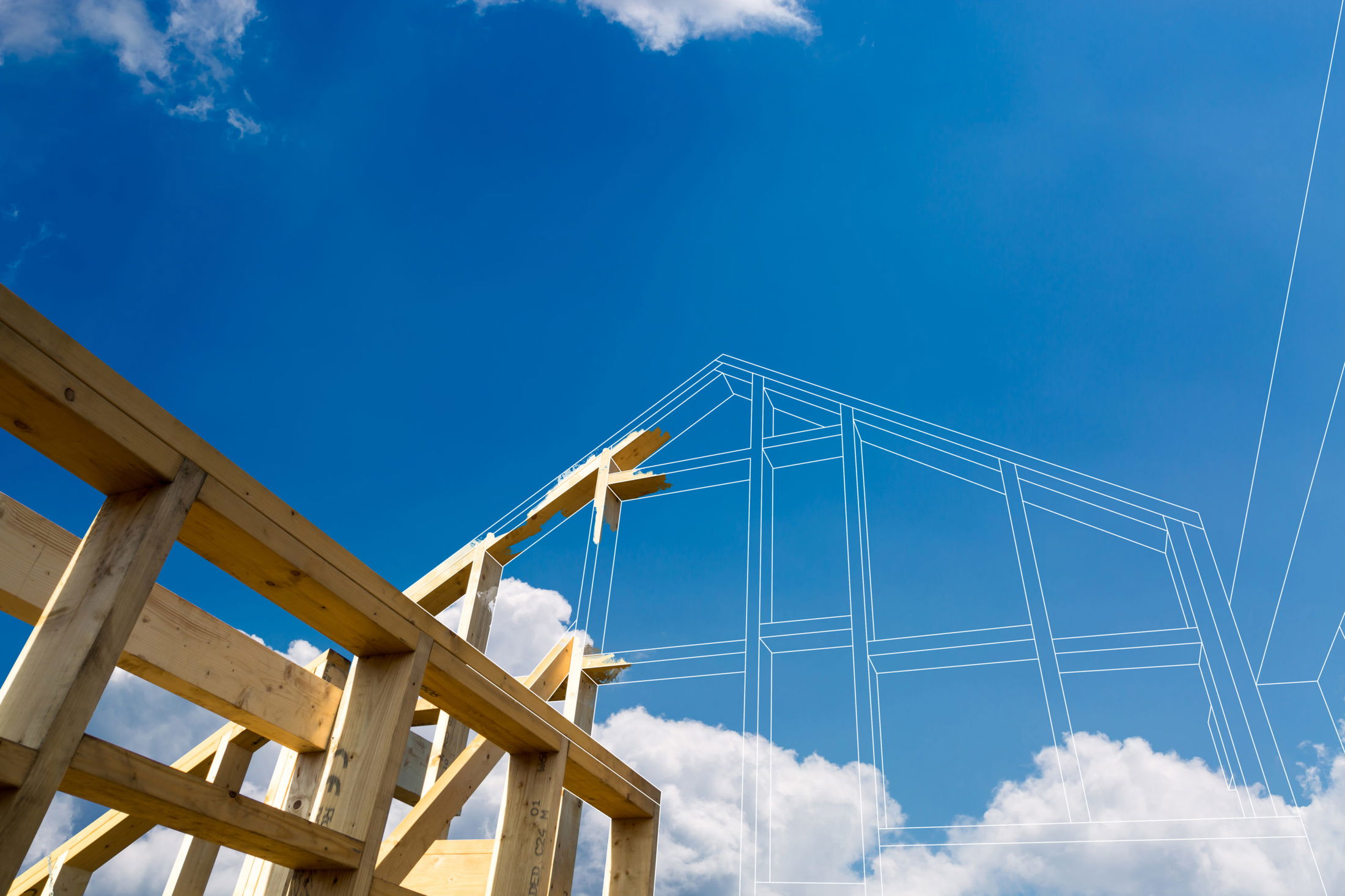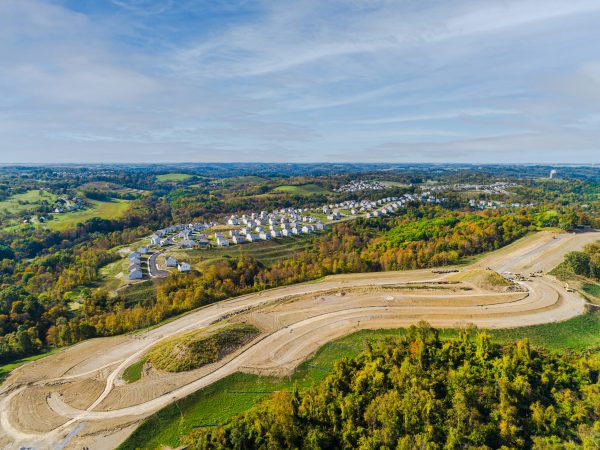
The Best Time of Year to Build a Home

Key Takeaways:
-
Cool, dry weather is ideal for construction, as it minimizes delays and complications. The specific timing of such conditions varies by region.
-
These seasons offer favorable weather and extended daylight, allowing for faster progress.
-
Starting construction in the fall can be cost-effective due to decreased demand for materials and labor. However, in regions with harsh winters, building during this time may not be optimal.
-
The best time to build depends heavily on local climate patterns.
When is the best time of year to build a house?
There are plenty of characteristics to consider when deciding the best time of year to build a home. Typically, in the real estate market, there’s always a best month or season to buy. Broader market trends, like the current state of the economy or your local job market, can also dictate if it’s a good time to buy or not. Furthermore, it’s important to remember that build times can also play a huge factor when building a home.
As far as the weather is concerned, the best time to build is when it’s cool and dry. The exact time of year of cool, dry weather depends heavily on where you live and the weather patterns associated with that area. Luckily, at Maronda, we have decades of experience successfully building homes year-round in differing climates. Therefore, no matter what season you’re hoping to break ground, we have options for you!
Building in the Spring or Summer

No matter what state you’re building in, the spring or summer season boasts the perfect weather for new home construction. On top of having better weather, the days are longer, so construction will go faster. If your primary goal is to get the house built as quickly as possible, we recommend starting in the spring or summer.
Building in the Fall or Winter

Fall is considered the off-season for new home construction; home starts slow down, and there is usually less demand for materials and labor (i.e., lumber costs typically drop in the fall). So, if saving money on materials and labor is more of a priority to you, we recommend starting construction in the fall.
If you’re building in an area that has a very mild winter season and builds time is not a concern, breaking ground in the fall or winter may be the right choice for you. Here, days will be cooler, prices will be lower, and there will be plenty of time to get the house started and closed-in/dried-in by January. Typically, as long as you hit the dry-in phase before January, fall is a great time to start construction.
On the contrary, if you’re building in an area where the winter season is full of freezing temperatures and snowstorms, winter may not be the most optimal time to build.
Maronda is here to make your new home construction dreams come true, regardless of when or where you choose to build.
Other Factors to Consider
Aside from deciding what time of year will work best to break ground on your new home, there are several other factors to take into consideration before you start the process. Below are some of the key factors to take into account prior to breaking ground to ensure a smoother process along the way.
Budget Planning and Financing
The first thing you need to do before starting any design work is establish a realistic budget. Building a home can be expensive, and costs can quickly spiral out of control if you’re not careful.
It’s crucial to have a clear picture of your finances and secure financing before you begin. Many homeowners opt for construction loans, but you may also want to work with a financial advisor or our in-house preferred lender to ensure you have a solid plan in place. Always include a buffer for unexpected expenses—things rarely go exactly as planned.
Learn more about our Preferred Lender here.
Location, Location, Location
Where you build your home is one of the most important decisions you’ll make. The right location not only impacts the value of your property but also your day-to-day life. Think about:
- Proximity to work or school: A long commute can quickly become a source of frustration.
- Neighborhood amenities: Are there schools, parks, stores, or medical facilities nearby? Consider what’s important for your lifestyle.
- Natural features: Is the land prone to flooding or other environmental challenges? What kind of view or natural surroundings do you want?
Choosing the right location may also affect your design choices, so keep this in mind when visualizing your future home.
Energy Efficiency and Sustainability
More than ever, homeowners are prioritizing energy efficiency and sustainability. A home that is well-insulated, utilizes renewable energy sources, and features sustainable materials can save you money in the long run and reduce your carbon footprint. Key considerations include:
- Energy-efficient appliances: Choose appliances that are Energy Star-rated and will reduce your energy consumption
- Insulation: Proper insulation in walls, roofs, and floors helps regulate temperature, lowering heating and cooling costs.
- Sustainable materials: Opt for materials like bamboo, recycled steel, or reclaimed wood to reduce the environmental impact of your build.
Building sustainably not only benefits the planet but can also lead to long-term savings and increase the value of your home.
Learn more about Maronda’s Sustainability here.
Building Codes and Permits
Every area has specific building codes and regulations, and failing to adhere to them can result in costly fines or delays. Before construction begins, make sure your builder is well-versed in local building codes, zoning laws, and permit requirements. These codes typically cover everything from structural integrity to plumbing, electrical systems, and even aesthetic considerations.
Obtaining permits is essential to ensure the construction is legal and safe. Your builder should take care of this process, but you should stay informed about the requirements and timelines.
Learn more about Permitting here.
Timeline and Construction Delays
Construction timelines can vary based on the complexity of your home, weather conditions, and other unforeseen factors. It’s important to have a clear project schedule in place but also be prepared for delays. Ensure your builder provides regular updates, and keep an eye on milestones to track the project’s progress.
To avoid frustration, plan for contingencies and be flexible with your expectations. While some delays are unavoidable, poor communication or lack of preparation can unnecessarily prolong the project.
Learn more about our building process here.
Landscaping and Curb Appeal
The exterior of your home and landscaping play a key role in its overall appeal and functionality. Consider factors like:
- Low-maintenance landscaping: Choose plants that are native to your region and require minimal upkeep.
- Curb appeal: A well-maintained yard, attractive front entrance, and thoughtful outdoor features can significantly increase your home’s value.
- Outdoor living: Will you have a patio, pool, or garden? Designing outdoor spaces that are both beautiful and functional can make your home feel larger and more inviting.
Long-Term Maintenance
Finally, think about the ongoing maintenance and upkeep your home will require. Choose materials, systems, and finishes that will stand the test of time, and don’t overlook the cost of maintaining them. Plan for:
- Regular roof and gutter inspections
- HVAC servicing
- Landscaping upkeep
- Painting and touch-ups
Luckily, your new home is covered with Maronda’s transferrable warranty. Learn more about it here.
Building a new home is an exciting yet complex process. From location and design to energy efficiency and budgeting, every decision you make will impact the final outcome. By planning carefully, working with an experience builder like Maronda Homes, and staying organized throughout the journey, you can create a home that’s not only a beautiful space but one that’s functional, energy-efficient, and adaptable for years to come.
RMC Home Mortgage, LLC (“RMC”) NMLS ID# 2116211. RMC Home Mortgage, LLC, a partnership with FBC Mortgage, LLC NMLS ID# 152859 and Maronda Homes. Corporate Office: 6000 Brooktree Road, Suite 310, Wexford, PA 15090. Georgia Residential Mortgage Licensee# 2116211. Ohio Residential Mortgage Lending Act Certificate of Registration RM.804703.000. Programs, rates, program terms and conditions subject to change without notice. Not all products are available in all states or for all amounts. Not all borrowers will qualify. Other restrictions and limitations apply. This is not a commitment to lend. NMLS Consumer Access Link: www.nmlsconsumeraccess.org
